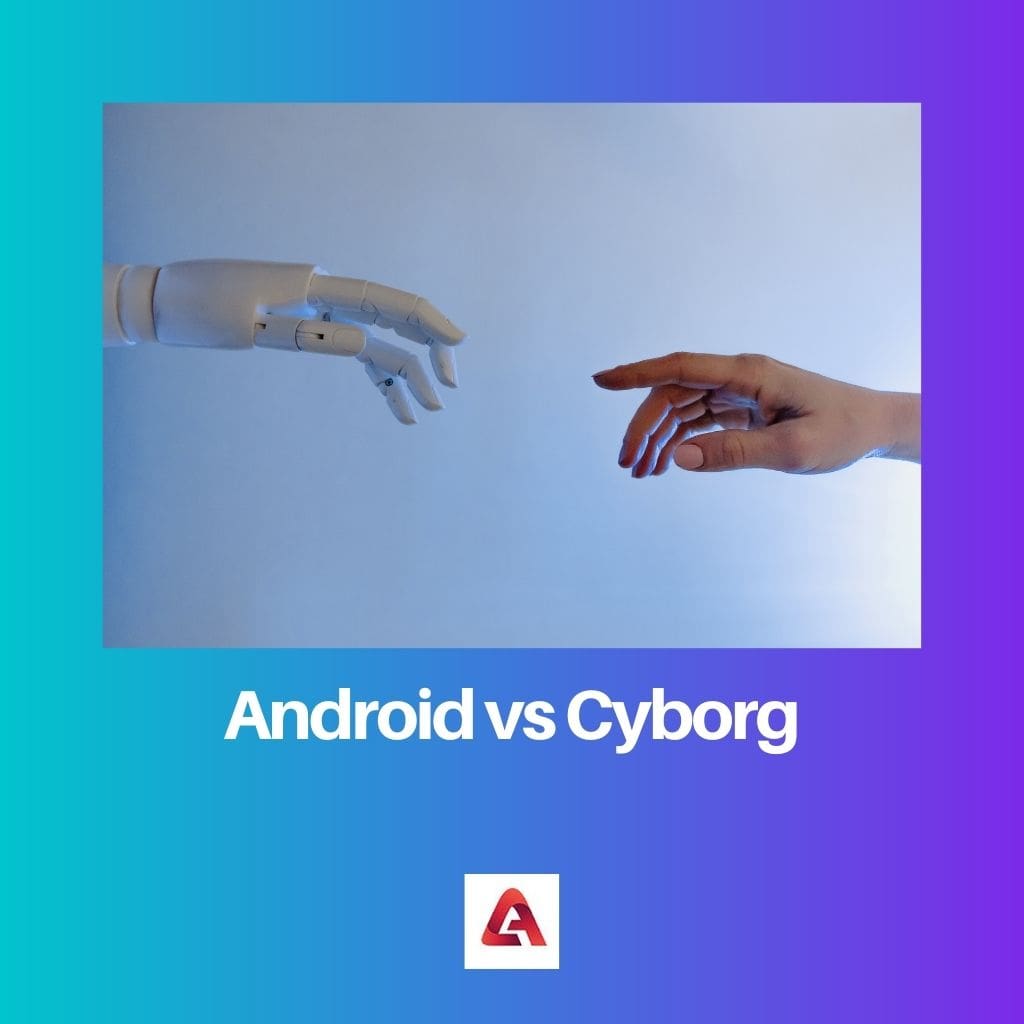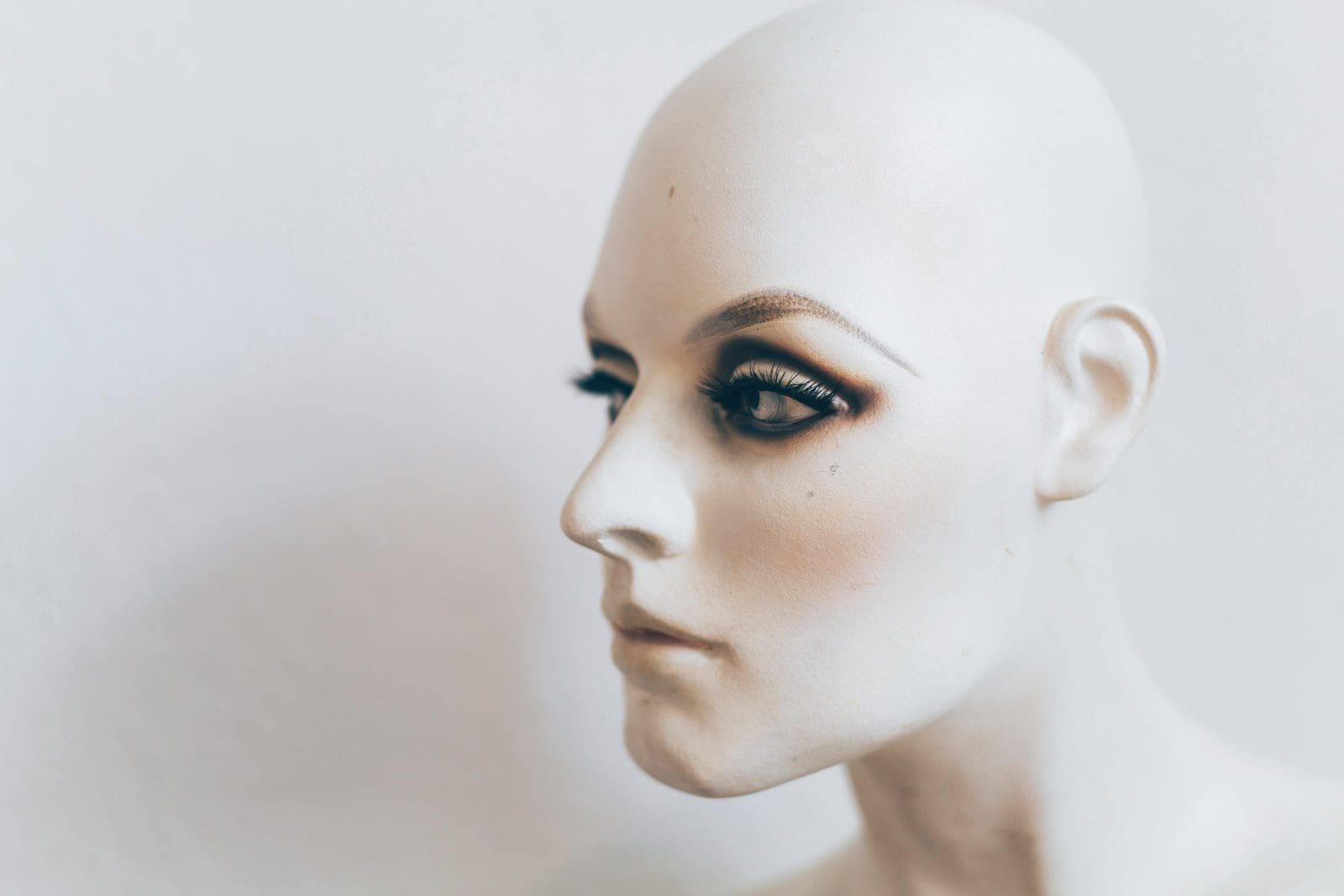The world has advanced in technology in many sectors and continues to do the same. Technology has made a human’s life easy and has replaced much labour-centric work with manual and automated machines, which have proven to be both a bane and boon.
A robot, in general terms, is a machine built to carry out work in place of a human and an animal. Moreover, they can be made in the shape of a human or an animal.
A humanoid is a robot built in the shape of a human but not a human. Many types of robots include Delta, 6-Axis, Cylindrical, Cartesian, etc.
An industrial robot has a specific role or duty to perform. Its appearance does not look like a human but may have a part look-like of a human-like robotic hand.
Key Takeaways
- An android is a humanoid robot designed to resemble humans in appearance and behavior, created for specific tasks or functions.
- A cyborg is a being that combines organic and artificial components, referring to humans with technological enhancements or implants.
- While both androids and cyborgs blend technology and biology, androids are fully artificial, whereas cyborgs are a fusion of organic and synthetic elements.
Android vs Cyborg
An android is a robot designed to look and act like a human being with some emotions built to make human life easier. A cyborg is a living organism whose brain is connected to a robotic device attached to their bodies to extend its capabilities. A cyborg can control the device with their brains.

Android has a human-like appearance of high quality, which sometimes makes it difficult to tell the difference between a robot and a human. Moreover, they are made of flesh-like material to resemble a human being.
A Cyborg is also a robot, but unlike Android, it can be built in any form, like a human, an animal, or a robot. Moreover, it can be wholly artificial or part-biological.
Comparison Table
| Parameters of Comparison | Android | Cyborg |
|---|---|---|
| Definition | Android is a man-made robot built to perform activities assigned to it. | A Cyborg is a living organism with a few robotic parts embedded in its body. |
| Resemblance | Android is made to look like a Homosapien; in other words, it is a Humanoid. | Whereas a Cyborg is a living being and is not man-made because of which its appearance cannot be changed or altered. |
| Removable parts | An Android has removable parts, which can be updated with new parts, changed according to the assigned task, altered, etc., efficiently. | On the other hand, a Cyborg’s parts cannot be removed easily as they are inside the human body, embedded as a part of the human body itself. |
| Reactivation | An Android can be reactivated, reassembled, and repaired like any other machine. | On the contrary, a Cyborg cannot be reactivated or reassembled as a human being. |
| Examples | Some examples of Android robots are Google-owned Boston Dynamics’ Atlas robot, Aldebaran Robotics’ Nao, etc. | Some real-life examples are Cyborg Neil Harbisson, Kevin Warwick, Jesse Sullivan, Jens Naumann, Nigel Ackland, etc. |
What is Android?
An Android is an artificial being that man builds to make people’s lives easier; moreover, it is made out of flesh-like material to look like a human being or a Homosapien. The world has seen many robots in science fiction, films, television, etc. Still, as the world has advanced in the technology sector, the robots of science fiction have now taken the shape of reality, allowing functionality and design just like a human.
The word “robot” was first coined in a play called “Rossum’s Universal Robots” in 1921 regarding an artificial being. “android” is used explicitly for robots that look like humans and are called Humanoids.
Eric G. Wilson differentiates Androids into the following three categories:
- The Mummy Type- The mummy-type androids are the ones that are made out of dead things or natural materials, such as mummies, puppets, and dolls.
- The Golem Type- The androids are believed to have been carved out of flexible organic material, such as golems and homunculus.
The Automation Type- The androids are made out of a mixture of dead and living materials, including robots and automatons.

What is Cyborg?
A Cyborg is a living person with some additional components that are specifically artificial or robotic. Cyborgs are misbelieved to be just humans, but they can exist in any form of an organism, such as an animal, human, etc.
We have seen Cyborgs in many science fiction movies, television, Star Trek, Doom Patrol, Doctor Who, Battle Angel Alita, Ghost in the Shell, etc. Cyborgs are even believed to have some robotic or mechanical parts that may appear human but are not.
They are believed to have strengths, capabilities, enhanced senses, computer-based brains, and mental and physical abilities that are far beyond a human’s capabilities. An example of a Cyborg is a bot-assisted human, which is used to target social media with likes and shares.
It has a human exterior and an artificial interior.

Main Differences Between Android and Cyborg
- Android is a robot made to look and act like a human, whereas, on the other hand, a Cyborg is a human being with some robotic parts placed inside the body naturally.
- An Android is not a living organism, whereas a Cyborg is a living organism.
- Androids are made to look like humans; conversely, a Cyborg can be both a human and an animal. It can be a non-organic animal too.
- An Android is a robot, while on the other hand, a Cyborg is a part robot and part human.
- Unlike Android, a Cyborg cannot be reassembled or reactivated.

- https://www.robotics.org/blog-article.cfm/Android-Robo-C-Humanoid-Robots-Made-to-Look-Like-Anyone-You-Want/225
- https://www.bbc.com/future/article/20140924-the-greatest-myths-about-cyborgs

The discussion about the different types of androids and their appearances is thought-provoking. It raises questions about the ethical implications of creating human-like robots.
It’s fascinating to learn about the different categories of androids and the origin of the term ‘robot’. This article provides valuable insights into the world of robotics.
The article offers a clear distinction between androids and cyborgs, shedding light on the unique characteristics of each concept. It’s intellectually stimulating.
The information about the different types of androids and their origins is enlightening. It broadens our understanding of the development of robotics.
The historical context provided about androids and cyborgs is intriguing. It’s incredible to see how these concepts have evolved over time.
This article provides a comprehensive overview of the development of technology in robotics. It is interesting to see how androids and cyborgs differ from each other.
I completely agree. The detailed explanation of androids and cyborgs is very informative.
I disagree with the article’s definition of cyborgs. I believe it oversimplifies the concept of cyborgs and their potential existence in various forms.
The comparison table provided in the article is very helpful in understanding the differences between androids and cyborgs. It’s a great way to clarify any confusion.
The article’s explanation of the origin of the term ‘android’ and its categorization provides valuable insights into the world of robotics and artificial beings.
The distinction between androids and cyborgs is well-explained in this article. The examples provided illustrate the practical applications of these concepts.